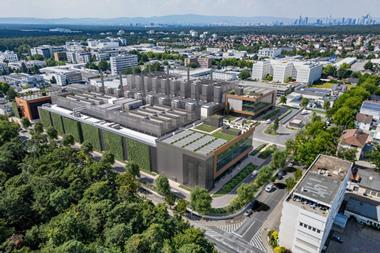The California State Teachers Retirement System (CalSTRS) has become one of the first pension funds in the US to return to the national development of for-sale homes since the global financial crisis.
It was revealed last week that the $220bn (€187bn) pension fund had committed $204m to invest in homebuilding and residential lots across the US with GTIS Partners.
While institutional investors have in recent years been allocating heavily to for-rent housing assets, attracted by stable income returns, pension funds have been more wary of moving into higher-return homebuilding strategies, according to industry sources.
The CalSTRS-GTIS partnership has an opportunistic strategy and will be seeking returns up to around 20%.
Some of the largest public pension funds – including California Public Employees’ Retirement System and Los Angeles County Employees Retirement Association – were active homebuilders prior to the global financial crisis, but experienced poor performance and losses following the US housing crash.
In recent years, CalSTRS has been an active homebuilder in California, and wanted to expand beyond its home state, according to Tom Shapiro, president and chief investment officer for GTIS.
“This is a requirement that CalSTRS has made for our relationship,” said Shapiro told IPE Real Assets. “The pension fund was looking to find a manager for its homebuilding investment programme outside of California where it already had established a significant presence.”
It is the first direct joint venture with a pension fund by GTIS in the homebuilding sector. The real estate manager has been investing in homebuilding since 2009 through commingled funds, investing $600m of equity in $4bn worth of projects since then.
Shapiro said he viewed the joint venture with CalSTRS “as a long-term relationship”. He added: “We could have additional capital commitments to the venture in the future.”
The joint venture will focus 60% of its investments along the East Coast or Southeast regions of the US. Target markets include Florida, Nashville, Georgia, North and South Carolina, New Jersey and Washington DC.
Around 75% of investments are expected to be in homebuilding projects, with the rest residential lot developments that will be sold builders in the future.
The homebuilding projects will vary, from ‘active adult’ communities to those aimed at first-time buyers.












